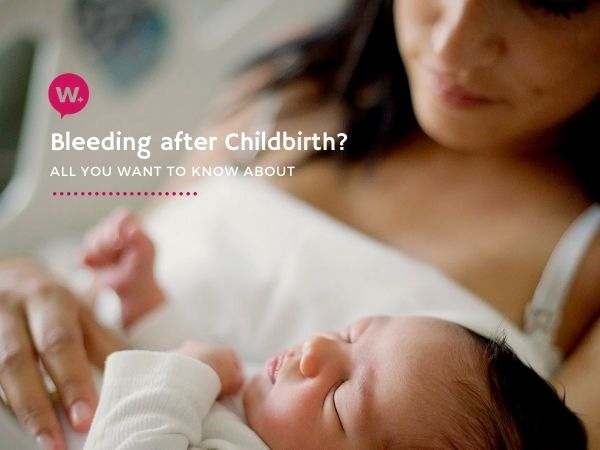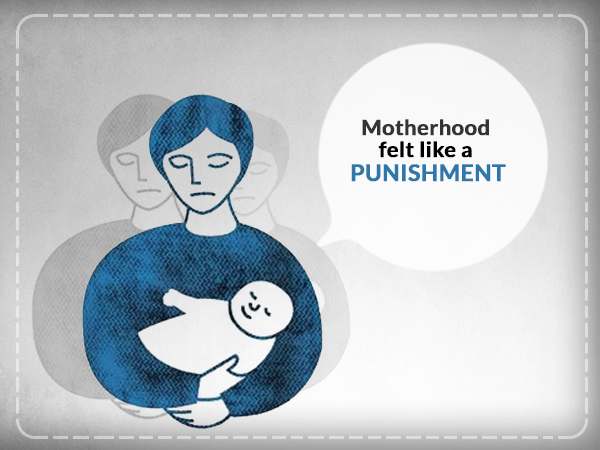Postpartum is postnatal (post-pregnancy) period which begins immediately after the birth of a child.
‘Motherhood’ or miracle of birth is lauded as one of the most memorable and joyous moments to a woman. But being a mother is not so easy; as during the pregnancy to birth-giving process and once the baby comes to this world; mothers undergo a blend of physical, hormonal, and emotional changes ranging from ‘baby blues’ to ‘postpartum bleeding’ and some women also undergo postpartum depression.
‘Postpartum Bleeding’ is an intense period of a mother’s life and has always been a sensitive subject. Below are some facts addressed regarding the same.
What is Postpartum Bleeding/ Postpartum Hemorrhage?
The Uterus nearly shrinks down to its 20-week size shortly after the baby is delivered. Gradually, uterus contracts and pushes out the placenta (which is attached to the wall of uterus). The body gets rid of the blood and tissue that was inside the uterus. This is called vaginal discharge or Postpartum bleeding. Commonly also known as Lochia. In any method of delivery, lochia is generally more intense in the initial 24 to 72 hours after giving birth.
Is Heavy Bleeding and Formation of Blood Clots normal in initial postnatal period?
For the first few days, flow is heavy because no bleeding takes place during almost 9 months during pregnancy as menstruation takes a pause while the body facilitates baby’s growth. Other tissues from a healing cervix also contributes to excess flow. It is absolutely normal if there is soaking of pad every hour.
Initially, blood discharge is bright red in colour and may contain blood clots. Gradually after about 6 weeks time, the outpouring reduces and colour of blood changes to brown. In fact, it is abnormal if bleeding is less which means the uterus is not contracting and there might be an infection in the uterus or tear in the cervix which needs to be treated immediately by the doctor.
Does breastfeeding help in lowering postpartum bleeding?
Breastfeeding right after delivery helps to slow down the bleeding. Nipple stimulation during breastfeeding releases the hormone known as Oxytocin which aids in continuous shrinking of uterus post-delivery and also helps in bringing it to its original size which was before pregnancy. These changes can be felt by abdominal cramps and associated pain.
What are the advance preparations required before getting admitted for labor?
– Stock up oversized organic pads preferably with wings or a menstrual cup.
– Arrangement of loose fitted clothes like leggings, sweatpants, or loose shorts.
– Setting of an extra pair of mesh underwear or Granny panties for home post-discharge from hospital.
When can one expect normal periods?
Breastfeeding does tend to delay periods. Some women who breastfeed or not will get a period within four weeks after delivery. While others may take up to six months to get their regular periods after stopping breastfeeding. Hence, it varies from person to person. Consult your doctor or lactation expert for more specific and personalized questions.







,